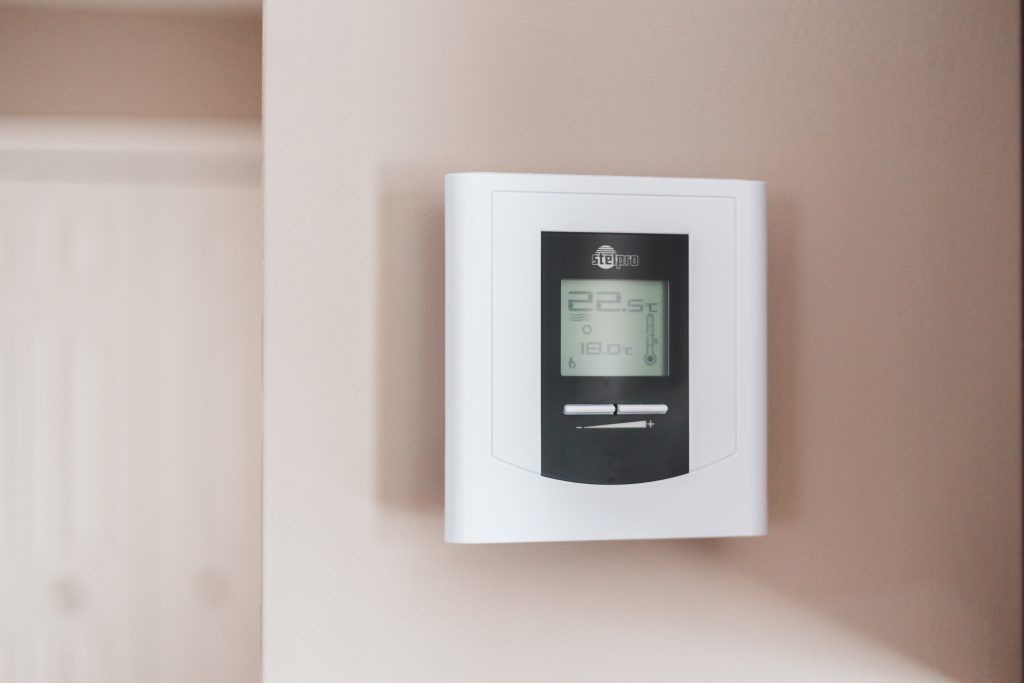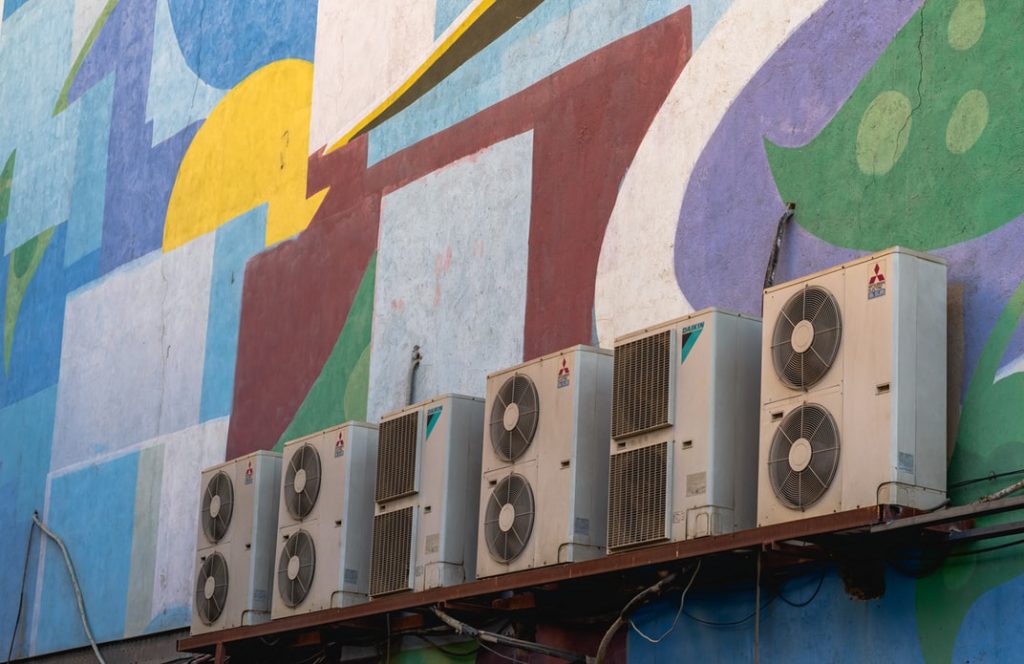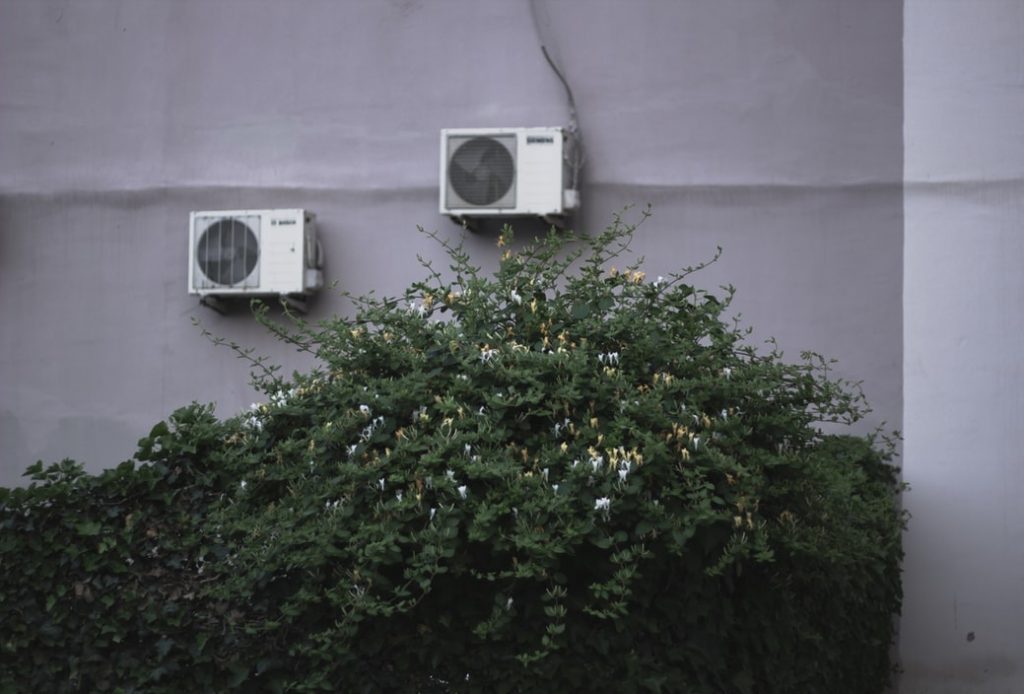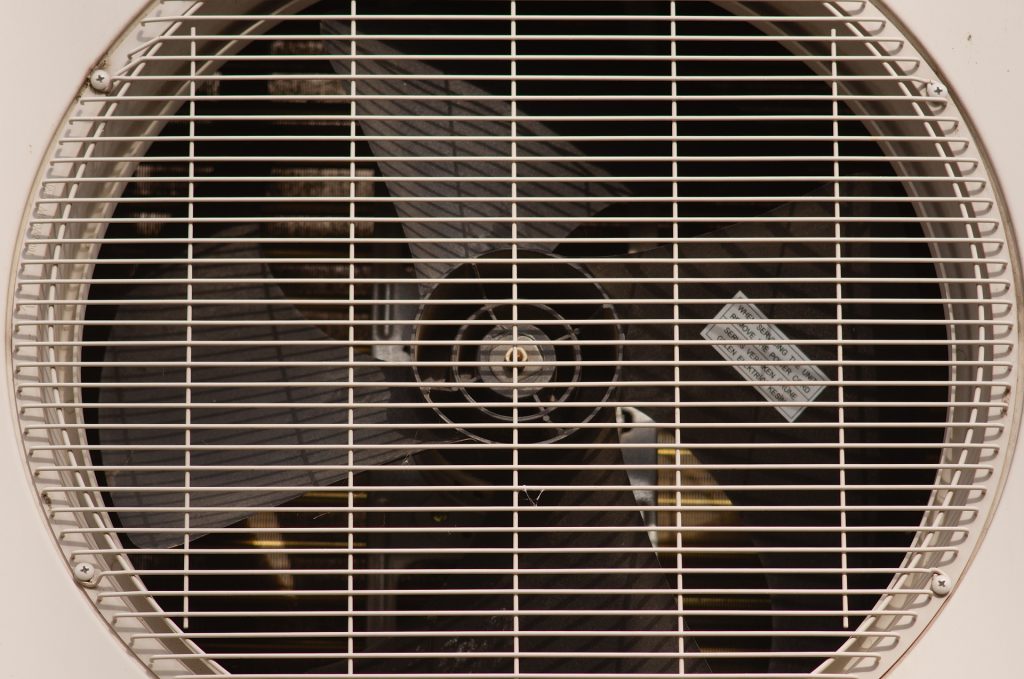One thing we can all agree on is that an Arizona summer gets pretty hot. Opinions are far more varied when it comes to the best temperature to set your thermostat at in the summer. Though everyone has certain preferences, we’ll attempt to address some of the considerations when discussing recommended thermostat settings for summer.
Outside Temperature
According to the U.S. Department of Energy, the recommended thermostat setting for summer days while you are at home is 78 degrees Fahrenheit. The reason for this is that the closer you stay to the outside temperature, the less it costs to cool your home. So, if you can be comfortable with your home a little warmer inside, you’ll reap the benefits in energy savings. For the most part, it’s a good idea to factor this into your air balancing to keep those temperatures at ideal ranges.
Personal Preferences
If you live alone, your ideal thermostat setting is much easier to determine. You can set it at whatever feels comfortable to you based on your daily schedule. However, if you have multiple people living in your home, you may run into different temperature preferences and varied schedules that affect how you program your thermostat. Concessions may need to be made so that one member isn’t sweating in the heat while another is wrapped in blankets against the cold.
Sleep Patterns
Several things happen at night. One is that the sun goes down and it cools off, though maybe not as much as you’d like in the hottest summer months. Another is that you may be cooking, which heats up the house, especially if in a small space. Finally, bedtime rolls around.
All of these things may require adjustments in the temperature. While a quick meal might not require any adjustment, an extended period of cooking might well warrant some adjustments to keep the area cooled down to your preferred temperature.
Most people prefer to sleep at a cooler temperature than they maintain during the day. Sleep experts usually suggest between 60 and 70 degrees Fahrenheit as the recommended thermostat settings for summer nights.
Of course, there may be conditions in your home or your own needs that affect this choice. If some members of your household prefer it warmer, you may have to make the same concessions you do with daytime temperatures or make use of extra blankets.
The ideal solution to this problem is a ductless mini split with different zones to accommodate individual needs, but if that isn’t an option, you’ll likely have to meet in the middle and try to keep everyone as comfortable as possible without too much sacrifice on any one family member’s comfort. Check our article on “Mini split ac vs central air” for more information about the differences between mini-split ACs.
The final consideration when deciding on nighttime thermostat settings is cost. Keeping your house this cool at night will result in extra energy costs. You might fare better by keeping the temperature warmer and utilizing a fan to maintain your cool.
Away Temperatures
When you are not at home, there may not be as much of a need to keep the house overly cool. Adjusting your thermostat to a warmer temperature during the day can result in considerable savings when it comes to the cost of cooling your home. If you are at work and you have children at school, it is an ideal time to save money on cooling bills.
If you have pets, you can still raise the temperature. Unless your pet has special needs that require them to be kept at a cooler temperature while you are away, it is safe and comfortable for them to stay at home in an 83-degree house without issue. You should never set your thermostat any higher than this if people or pets are present in your home.
Going away for the weekend? Going on vacation for a week? This is a wonderful time to save on cooling costs. If your house is empty, you can adjust the temperature as high as you would like though it is not recommended to set it higher than 90 degrees, which might put you at risk of mold and mildew due to excess humidity.
Wear and Tear on the System
First, let’s talk about how your HVAC system works. When cooling your home, the thermostat has a sensor that tells it the temperature inside the house. If that temperature is warmer than what the thermostat says, the unit kicks on to cool it down to the desired temperature. There is no change in the cool air that is blowing through your home. There is only a difference in how long the unit stays on.
In other words, if you have set your temperature at 83 degrees while at work and then turn it down to 73 when you get home, the unit will run longer to get it back down to the lower temperature than it would if it was just adjusting a few degrees.
What this means is that setting your thermostat to an extremely low temperature in order to cool down your home faster doesn’t work. However, it is a terrific way to cost yourself extra money and make yourself uncomfortable when you forget to adjust the thermostat and end up in a freezing cold home. You’re also creating extra wear and tear on your system with longer run times. Check out our article to learn how low can you set your AC.
However, adjusting the thermostat up and down to change the temperature to reasonable levels does not harm your system or your thermostat. You can change it as often as you deem it necessary, though you might fare better with a programmable thermostat, so you don’t forget to make adjustments.
The Bottom Line
The question remains: what is a good temperature to set your thermostat in the summer?
Now that we’ve discussed what affects the way you cool your house, you may still not be sure how to set your thermostat. Perhaps the best option is simply to try the recommended thermostat settings from the experts and then adjust them up or down to suit your needs. If you’re looking for a similar guide, you can also check out our best thermostat temperatures & settings for fall in Arizona.
To recap, the recommended thermostat settings for the summer months are as follows:
- Relaxing at home in the daytime: 78 degrees
- Sleeping temperature: Between 60 and 70 degrees
- Away from home: Up to 83 degrees with pets, as warm as you’d like otherwise










